Driving Continuous Improvement Through Lean Transformation In 2025

Lean is not just a set of tools for problem-solving and waste elimination; it’s how we prepare for growth opportunities, align company strategy, and flow work efficiently through our facilities. This mindset has enabled breakthroughs that go beyond incremental gains, such as the innovative approaches our teams implemented to scale production capacity while maintaining quality and efficiency rapidly.
One-Stop Solution: How Our Integrated Hydroforming Capabilities Simplify Your Supply Chain

The average aerospace component travels through 4-7 suppliers before final assembly, creating significant coordination overhead, quality control issues, and delivery delays. This fragmentation has become an accepted pain point in the industry, but it doesn’t have to be that way.
Shaping the Future: Titanium Hot Forming in the U.S.

Titanium has long been a cornerstone material for the aerospace and defense industries, valued for its unmatched combination of strength, light weight, and resistance to extreme heat. But titanium isn’t easy to work with. Shaping it into the complex geometries today’s designs require demands specialized equipment, tooling, and expertise, and very few companies in the United States have mastered the process. U.S. capacity for titanium hot forming has become somewhat scarce in recent years. That’s where Re:Build Cutting Dynamics comes in.
Navigating Mixed-Material Aircraft Assemblies
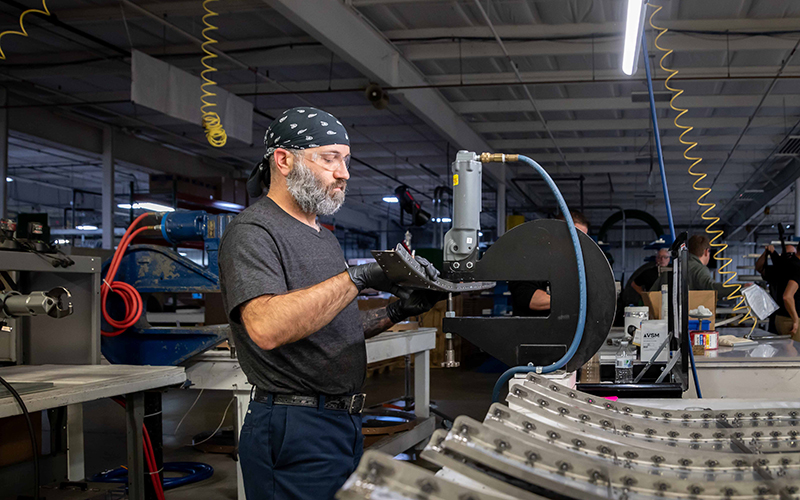
In aerospace manufacturing, complexity is a given. As aircraft designs continue to evolve, an increasing number of programs are relying on mixed-material assemblies that combine titanium, aluminum, stainless steel, thermoplastics, and other materials to meet aggressive performance, weight, and cost targets.
Meeting Aerospace Demands with Precision Machining

Precision machining is essential to the aerospace industry, where safety, performance, and reliability depend on components that meet the highest standards for quality and consistency.
Beyond Compliance: The Quality Backbone of Our Organization

Our certifications, including ISO 9001:2015 and AS9100D, along with ITAR and NIST 800-171 compliance, are the framework that enables us to meet the expectations of the aerospace and defense industries. As we work toward achieving ISO 14001 certification, we’re expanding that framework to include environmental responsibility and workforce safety, further strengthening our role as a trusted partner in the aerospace and defense sectors.
Why Thermoplastic Composites Are Gaining Ground
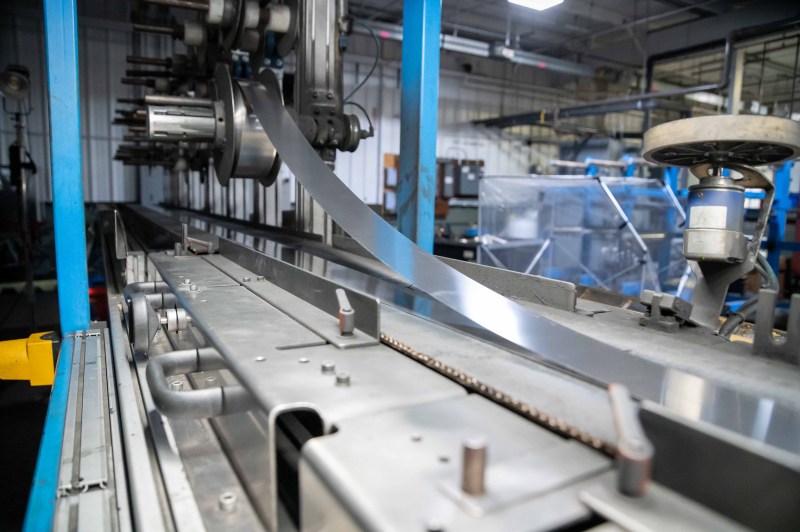
The aerospace and defense industries are rethinking their material strategies, which is leading to thermoplastic composites becoming more popular. Their combination of high strength, lightweight design, and exceptional durability is helping companies meet increasing performance demands while keeping manufacturability in focus.
The Benefits of Aerospace Kitting
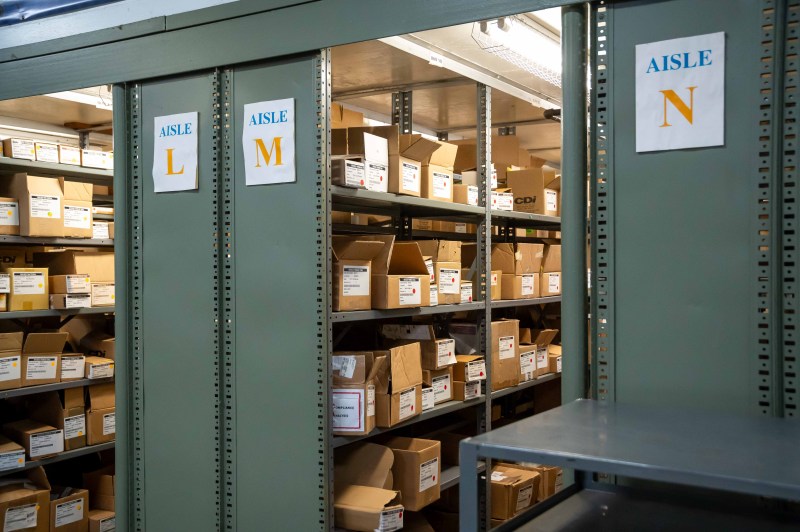
Aerospace kitting organizes and pre-packages all necessary components, hardware, and tools into a single, ready-to-use kit. This approach eliminates inefficiencies, reduces errors, and accelerates maintenance, ensuring that your team has exactly what they need, when and where they need it.
Challenges in Titanium Hot Forming and How to Overcome Them
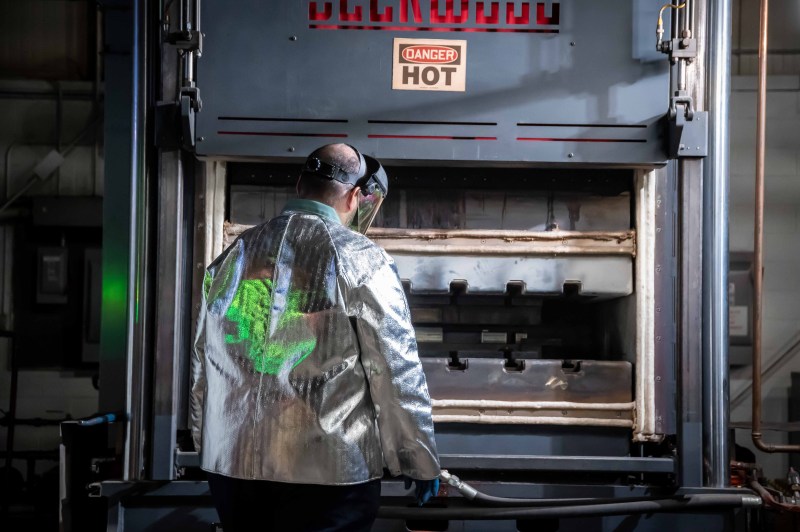
Titanium is a critical material for the aerospace and defense industries. It is valued for having the highest strength-to-weight ratio of any metal. It is also beneficial due to its corrosion resistance, high-temperature performance, and fatigue strength. These properties make it ideal for applications where durability and performance under extreme conditions are non-negotiable.
Expansion of Precision Machining Operations
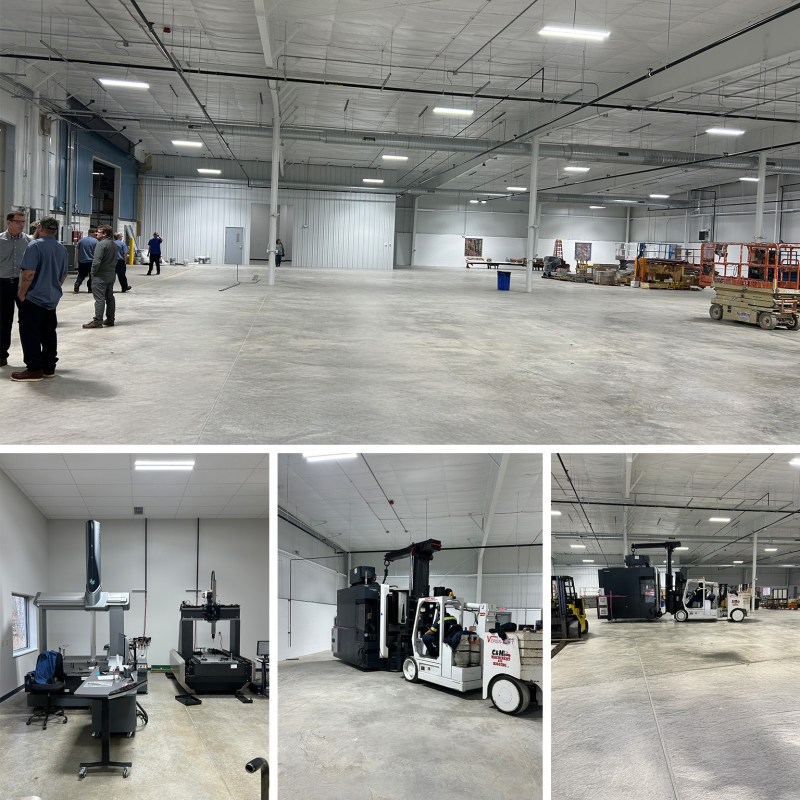
Over the last 40 years, Re:Build Cutting Dynamics has been a trusted leader in component manufacturing, specializing in precision machined components. As the needs of our customers grow and evolve, it is evident that our production facilities must also advance to meet their needs.
